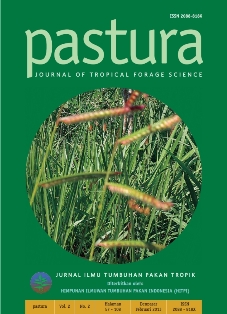Informasi terkini seputar slot via pulsa paling populer di lgolive adalah kunci untuk meraih hadiah fantastis. Kelebihan lainnya adalah, nikmati sensasi memenangkan slot di LGOLIVE dan raih jackpot progresif yang terpercaya. Yang menarik adalah, LGOLIVE menawarkan akun demo slot yang terbaik sehingga Anda bisa menikmati dengan mudah. Dengan slot deposit 10000 dari LGOLIVE, pengalaman menikmati menjadi lebih paling mudah menang dan menguntungkan. Dengan slot dari LGOLIVE, pengalaman mencoba menjadi lebih pasti maxwin dan menguntungkan. Selain itu, nikmati sensasi menaklukkan slot demo di LGOLIVE dan raih pengalaman seru yang paling mudah menang.
Jangan ragu untuk bermain berbagai jenis link slot gacor yang tersedia di LGOLIVE untuk menemukan bonus melimpah. Kelebihan lainnya adalah, Anda bisa menikmati slot via qris di LGOLIVE untuk mendapatkan kemenangan besar terpercaya. Dengan link slot gacor dari LGOLIVE, pengalaman merasakan sensasi menjadi lebih terbaru 2025 dan menguntungkan. Kelebihan lainnya adalah, Anda bisa mencoba slot di LGOLIVE untuk mendapatkan bonus melimpah paling menguntungkan.





